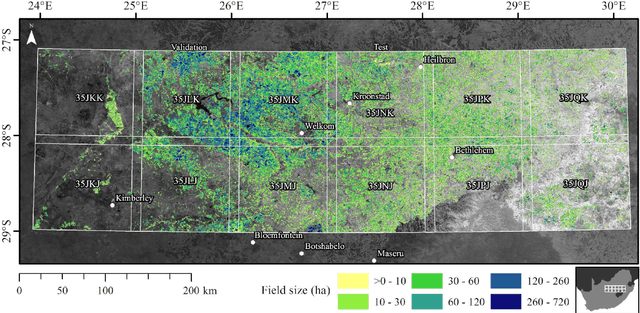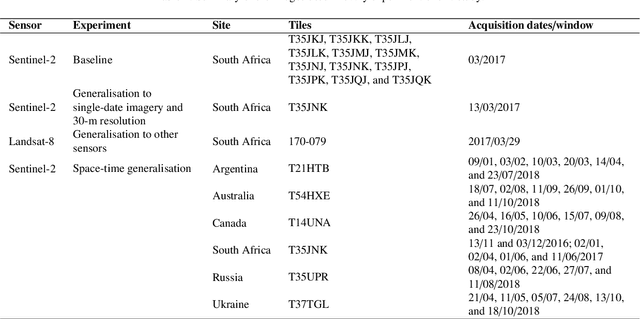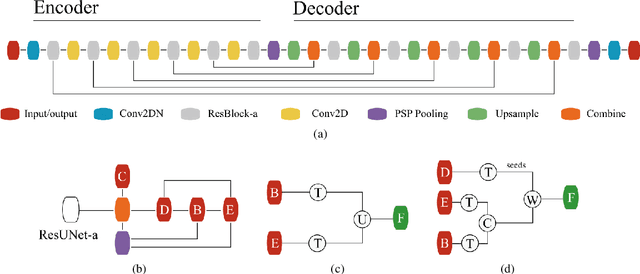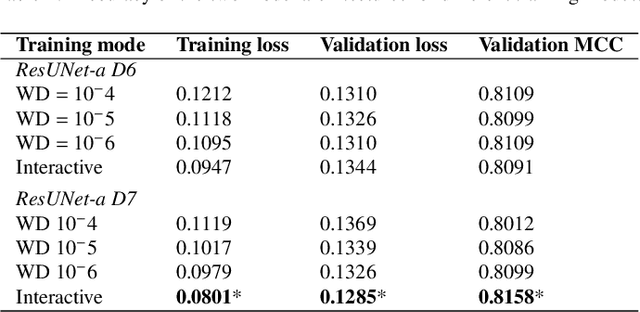Deep learning on edge: extracting field boundaries from satellite images with a convolutional neural network
Paper and Code
Oct 26, 2019



Applications of digital agricultural services often require either farmers or their advisers to provide digital records of their field boundaries. Automatic extraction of field boundaries from satellite imagery would reduce the reliance on manual input of these records which is time consuming and error-prone, and would underpin the provision of remote products and services. The lack of current field boundary data sets seems to indicate low uptake of existing methods,presumably because of expensive image preprocessing requirements and local, often arbitrary, tuning. In this paper, we address the problem of field boundary extraction from satellite images as a multitask semantic segmentation problem. We used ResUNet-a, a deep convolutional neural network with a fully connected UNet backbone that features dilated convolutions and conditioned inference, to assign three labels to each pixel: 1) the probability of belonging to a field; 2) the probability of being part of a boundary; and 3) the distance to the closest boundary. These labels can then be combined to obtain closed field boundaries. Using a single composite image from Sentinel-2, the model was highly accurate in mapping field extent, field boundaries, and, consequently, individual fields. Replacing the monthly composite with a single-date image close to the compositing period only marginally decreased accuracy. We then showed in a series of experiments that our model generalised well across resolutions, sensors, space and time without recalibration. Building consensus by averaging model predictions from at least four images acquired across the season is the key to coping with the temporal variations of accuracy. By minimising image preprocessing requirements and replacing local arbitrary decisions by data-driven ones, our approach is expected to facilitate the extraction of individual crop fields at scale.
 Add to Chrome
Add to Chrome Add to Firefox
Add to Firefox Add to Edge
Add to Edge